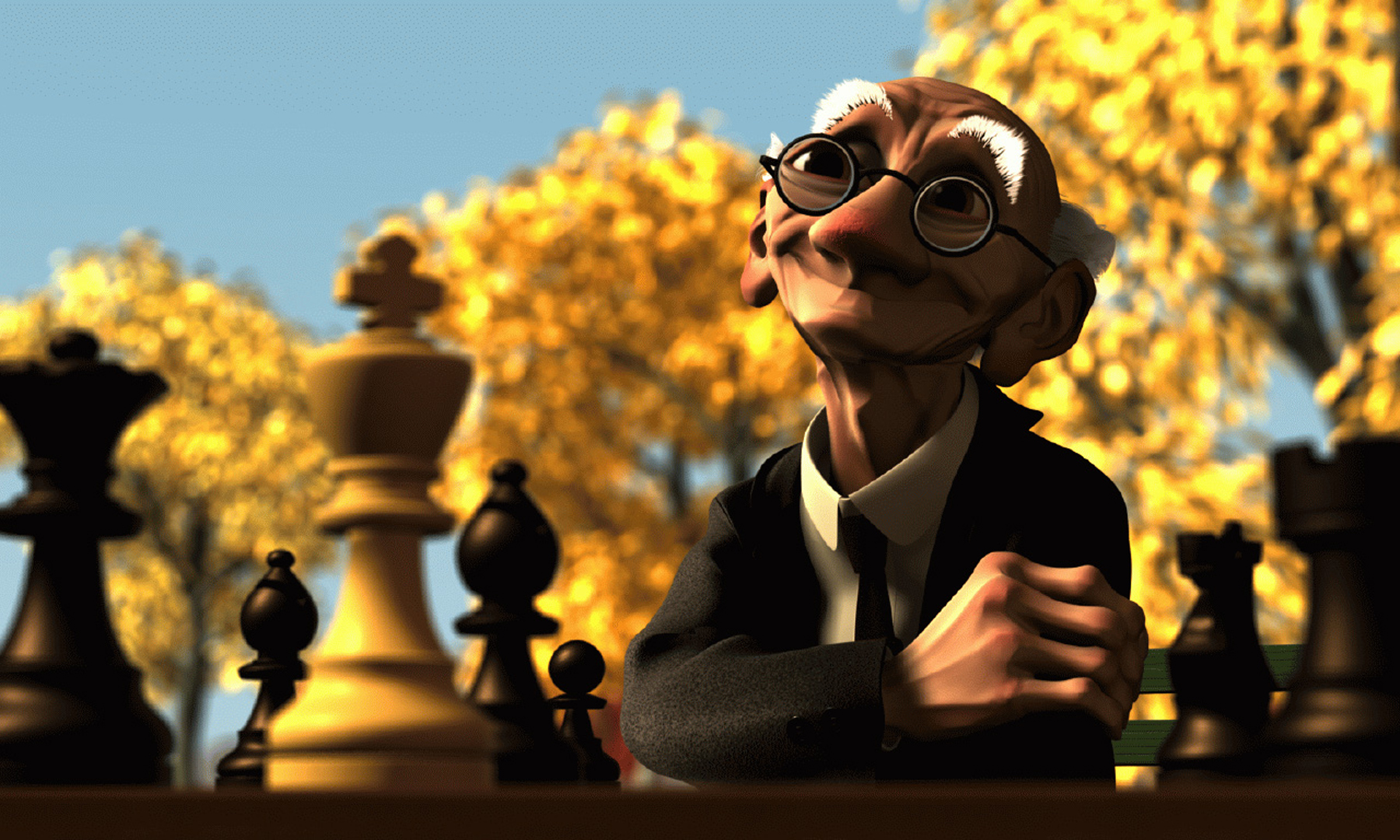“Subdivision surfaces in character animation” by DeRose, Kass and Truong
Conference:
Type(s):
Title:
- Subdivision surfaces in character animation
Presenter(s)/Author(s):
Abstract:
The creation of believable and endearing characters in computer graphics presents a number of technical challenges, including the modeling, animation and rendering of complex shapes such as heads, hands, and clothing. Traditionally, these shapes have been modeled with NURBS surfaces despite the severe topological restrictions that NURBS impose. In order to move beyond these restrictions, we have recently introduced subdivision surfaces into our production environment. Subdivision surfaces are not new, but their use in high-end CG production has been limited. Here we describe a series of developments that were required in order for subdivision surfaces to meet the demands of high-end production. First, we devised a practical technique for constructing provably smooth variable-radius fillets and blends. Second, we developed methods for using subdivision surfaces in clothing simulation including a new algorithm for efficient collision detection. Third, we developed a method for constructing smooth scalar fields on subdivision surfaces, thereby enabling the use of a wider class of programmable shaders. These developments, which were used extensively in our recently completed short film Geri’s game, have become a highly valued feature of our production environment.
References:
1. David E. Breen, Donald H. House, and Michael J. Wozny. Predicting the drape of woven cloth using interacting particles. In Andrew Glassner, editor, Proceedings of SIGGRAPH ’94 (Orlando, Florida, July 24-29, i994), Computer Graphics Proceedings, Annual Conference Series, pages 365-372. ACM SIGGRAPH, ACM Press, July 1994. ISBN 0-89791- 667-0.
2. E. Catmull and J. Clark. Recursively generated B-spline surfaces on arbitrary topological meshes. Computer Aided Design, 10(6):350-355, 1978.
3. G. Chaikin. An algorithm for high speed curve generation. Computer Graphics and Image Processing, 3:346-349, 1974.
4. Robert L. Cook, Loren Carpenter, and Edwin Catmull. The Reyes image rendering architecture. In Maureen C. Stone, editor, Computer Graphics (SIGGRAPH ’87 Proceedings), pages 95-102, July 1987.
5. Martin Courshesnes, Pascal Volino, and Nadia Magnenat Thalmann. Versatile and efficient techniques for simulating cloth and other deformable objects. In Robert Cook, editor, SIGGRAPH 95 Conference Proceedings, Annual Conference Series, pages 137-144. ACM SIGGRAPH, Addison Wesley, August 1995. held in Los Angeles, California, 06-11 August 1995.
6. Nira Dyn, David Leven, and John Gregory. A butterfly subdivision scheme for surface interpolation with tension control. ACM Transactions on Graphics, 9(2):160-169, April 1990.
7. James D. Foley, Andries van Dam, Steven K. Feiner, and John F. Hughes. Computer Graphics: Principles and Practice. Prentice-Hall, 1990.
8. Mark Halstead, Michael Kass, and Tony DeRose. Efficient, fair interpolation using Catmull-Clark surfaces. Computer Graphics, 27(3):35-44, August 1993.
9. Pat Hanrahan and Paul E. Haeberli. Direct WYSIWYG painting and texturing on 3D shapes. In Forest Baskett, editor, Computer Graphics (SIGGRAPH ’90 Proceedings), volume 24, pages 215-223, August 1990.
10. H. Hoppe, T. DeRose, T. Duchamp, M. Halstead, H. Jin, J. McDonald, J. Schweitzer, and W. Stuetzle. Piecewise smooth surface reconstruction. Computer Graphics, 28(3):295-302, July 1994.
11. Charles T. Loop. Smooth subdivision surfaces based on triangles. Master’s thesis, Department of Mathematics, University of Utah, August 1987.
12. Darwyn R. Peachey. Solid texturing of complex surfaces. In B. A. Barsky, editor, Computer Graphics (SIGGRAPH ’85 Proceedings), volume 19, pages 279-286, July 1985.
13. Ken Perlin. An image synthesizer. In B. A. Barsky, editor, Computer Graphics (SIGGRAPH ’85 Proceedings), volume 19, pages 287-296, July 1985.
14. Ulrich Reif. A unified approach to subdivision algorithms. Mathematisches Institute A 92-16, Universitaet Stuttgart, 1992.
15. Jean E. Schweitzer. Analysis and Application of Subdivision Surfaces. PhD thesis, Department of Computer Science and Engineering, University of Washington, 1996.
16. Demetri Terzopoulos, John Platt, Alan Barr, and Kurt Fleischer. Elastically deformable models. In Maureen C. Stone, editor, Computer Graphics (SIGGRAPH ’87 Proceedings), volume 21, pages 205-214, July 1987.
17. Steve Upstill. The RenderMan Companion. Addison-Wesley, 1990.
18. Andrew Witkin, David Baraff, and Michael Kass. An introduction to physically based modeling. SIGGRAPH Course Notes, Course No. 32, 1994.
19. Denis Zorin. Stationary Subdivision and Multiresolution Surface Representations. PhD thesis, Caltech, Pasadena, 1997.




